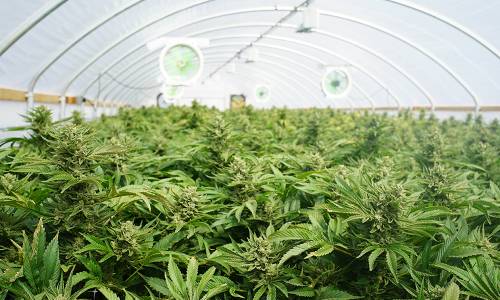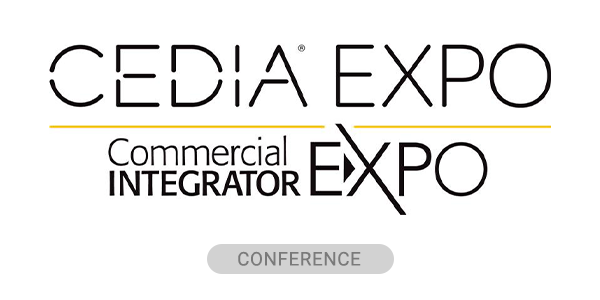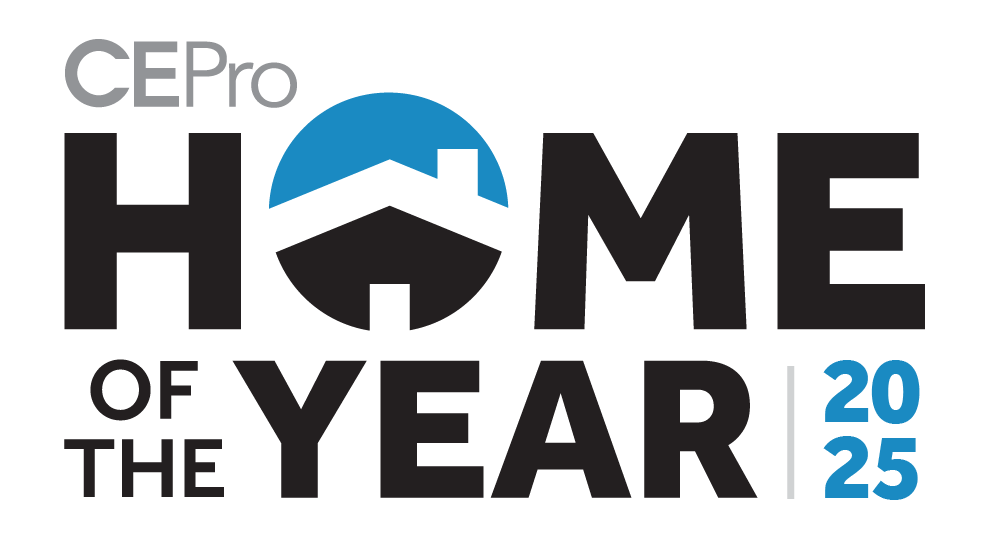If you’re a custom integrator exploring opportunities in the recreational/medical cannabis business, you should know about carbon dioxide, or CO2 detection as it relates to the growing of cannabis. More states continue to pass legislation legalizing cannabis in some capacity (primarily medicinal use), including 21 that have legalized the selling of recreational-use cannabis.
With such greater demand, to increase the growth rate of these plants, CO2 is injected into the cultivation or grow rooms of facilities that are licensed to produce this product.
Be Familiar With Exposure Risks, State Requirements for CO2 Detection
Here’s your brief science refresher: CO2 comprises about 0.04% of our planet’s atmosphere and is the primary carbon source of Earth’s life. Atmospheric CO2 is used by plants for photosynthesis, which in part produces the oxygen that is required for life.
CO2 is also used as a fire suppression agent, a refrigerant and a means of carbonating beverages among other uses. CO2 detection solutions get deployed for installation in locations that implement CO2 for the dispensing of beverages.
For the production of cannabis, around 2,000 parts per million (ppm) of CO2 is locally placed into the atmosphere of the grow rooms. This is not a fatal concentration for human life; a lethal dose is 90,000 ppm for five minutes.
The National Institute for Occupational Safety and Health (NIOSH) has set a permissible exposure limit at 5,000 ppm and immediately dangerous exposure to life or health at 40,000 ppm.
Depending on which state you work in will determine if the production of cannabis is legal. Each jurisdiction within the state may then have its own local requirements for both fire detection and CO2 detection. I’ve now seen several jurisdictions require CO2 detection within a space in which CO2 is being injected.
The state of California, in which I am based, added requirements for CO2 detection to the 2016 California Fire Code, July 2018 Supplement. These requirements are not found in Chapter 9, or Section 907, however, but rather Section 5307, Compressed Gasses not Otherwise Regulated. This may become the model for other jurisdictions.
Codes Detail System Scenarios, Detector Placement for Cannabis Facilities
The new language is for CO2 enrichment systems, in which more than 100 pounds of CO2 is being used. There is to be a low-level alarm upon the detection of 5,000 ppm and a high-level alarm upon the detection of 30,000 ppm.
The code then requires the following to occur when these levels are reached:
- Low-Level
- Stop the flow of CO2 to the piping system
- Activate the mechanical exhaust ventilation system
- Activate an audible and visible supervisory alarm signal at an approved location within the building
- High-Level
- Stop the flow of CO2 to the piping system
- Activate the mechanical exhaust ventilation system
- Activate an audible and visible evacuation alarm both in-side and outside of the CO2 enrichment area, and the area in which the CO2 containers are located
The CO2 detectors are to be located within the enrichment area within 12 inches of the floor. This is due to CO2 being heavier than air, so it will sink first to the floor and then travel upward as it fills the space.
Article originally appeared in sister site Security Sales & Integration. Author Shane Clary, Ph.D. has more than 45 years of security and fire alarm industry experience and is VP of Codes and Standards Compliance for Concord, Calif.-based Bay Alarm Co.
















